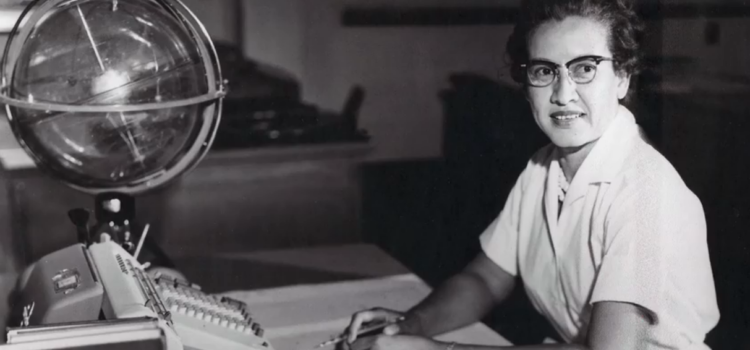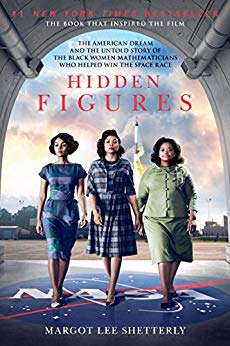

This article is an excerpt from the Shortform summary of "Hidden Figures" by Margot Lee Shetterly. Shortform has the world's best summaries of books you should be reading.
Like this article? Sign up for a free trial here .
What were NASA human computers, and what were they used for? And who were the women who worked as black computers in the famed West Computing Group?
In its earlier days, NASA (then NACA) employed an army of people, typically women, to work as NASA human computers. Amongst these people were the black computers who are the focus of the book Hidden Figures. Find out what they did, and how they changed NASA forever.
An Army of NASA Human Computers
During World War Two, the gradual dismantling of the Jim Crow system of racial segregation began, as the demands of the war economy brought African-Americans and women into jobs and industries from which they had previously been excluded. This was especially true of the aeronautics and defense industry, which was crucial to the American war effort.
Facilities like Langley began to hire qualified women in large numbers to work as mathematicians and number-crunchers— NASA human computers. Aeronautics was an intensely quantitative field: designing and testing combat planes produced a deluge of numerical data that needed to be processed and analyzed. And that meant hiring an army of number-crunchers (“computers” as they were known at the time).
Women had been working as NASA human computers at Langley during the 1930s, but they would take on a far greater role at the laboratory during and after the war. By 1941, personnel officers at the lab were eagerly searching for more and more women (or “girls” as they were called at the time) to fill the new positions at Langley. Hiring agents scoured the East Coast for coeds who had any sort of mathematical background and placed job advertisements in newspapers in their endless quest for new talent.
West Area Computing and “Colored Computers”
Despite the opportunity, new arrivals to Langley like Dorothy still had to face the prejudice of living and working in a segregated city of the American South at the height of the Jim Crow era. Black people had to use separate bathrooms, separate drinking fountains, separate entrances on buses, send their children to separate schools, and live in separate neighborhoods—or face severe repercussions. Indeed, segregation was powerfully entrenched in the nation’s historical experience and was an all-encompassing feature of life in Virginia. This was true in the West Area Computing Group as well, and the NASA human computers experienced segregation.
The prejudice even followed these women into the laboratory at Langley. A separate area of the facility, known as West Area Computing, was reserved for the new black computers. Langley was generally a place where colleagues worked closely with one another. Because of the color of their skin, however, the West Computers were largely excluded from this collegial atmosphere. This was symbolized most hurtfully by the sign on the table where they sat at the back of the cafeteria that read, “COLORED COMPUTERS.” In an act of defiance, the women of West Computing began tearing the sign down each day they saw it, a first shot across the bow for equality and dignity.
Facing this climate of discrimination, the first generation of West Computers established their own culturally vibrant and cohesive communities all throughout Hampton Roads. Such communities enabled mobile young black families who’d moved to Virginia to keep their morale high and served to welcome and acclimate new waves of black migrants to the region. Eventually, the “Colored Computers” sign stayed down for good.
Additionally, as women began advancing through the ranks at Langley in the postwar years, they saw that their sex was still a barrier to advancement in a field that was built and run by men. There was a whole universe of networking, consisting of lunches, cocktail hours, and men-only smoking sessions from which the women were excluded. Moreover, the decentralized nature of their work also disadvantaged the female human computers. Because they were only given small portions of larger assignments to work on, it was difficult for the women to develop a holistic understanding of the kind of work the male engineers were doing.

———End of Preview———
Like what you just read? Read the rest of the world's best summary of Margot Lee Shetterly's "Hidden Figures" at Shortform .
Here's what you'll find in our full Hidden Figures summary :
- How brave black women were instrumental to the American space race
- How they confronted racism and sexism to forge a better future
- Their enduring legacy in American history






